Honey possesses impressive antibacterial properties attributed to its unique composition and natural characteristics. With a low moisture content, honey creates an environment inhospitable to bacterial growth and survival. Its acidic pH, typically ranging between 3.2 and 4.5, further inhibits the proliferation of various bacterial species. The high sugar content in honey leads to a dehydration effect on bacteria through osmosis, hindering their growth and multiplication. Additionally, certain types of honey contain glucose oxidase, an enzyme that generates hydrogen peroxide upon contact with bodily fluids, enhancing its antibacterial potency. Enriched with phytochemicals, antioxidants, and natural compounds like flavonoids and phenolic acids, honey showcases remarkable abilities to combat infections, making it a historically recognized natural remedy for wound healing and an effective antibacterial agent in traditional medicine practices.
Table of Contents
Antibacterial Properties Of Honey:
Honey boasts remarkable antibacterial properties, largely attributed to its unique chemical composition and natural characteristics:
- Hygroscopic Nature: Honey is hygroscopic, meaning it draws moisture from the environment, creating an environment unfavorable for bacterial growth. Its low moisture content impedes bacterial survival and reproduction.
- Acidic pH: The acidic pH of honey, typically ranging between 3.2 and 4.5, inhibits the growth of many bacterial species. This pH level creates an environment where most bacteria struggle to survive or reproduce.
- High Sugar Content: The high sugar content in honey—primarily glucose and fructose—creates an osmotic effect, causing dehydration in bacteria through osmosis. This inhibits bacterial growth and leads to their eventual demise.
- Hydrogen Peroxide Production: Some types of honey contain glucose oxidase, an enzyme that generates hydrogen peroxide when honey comes in contact with body fluids or wound exudates. Hydrogen peroxide has antiseptic properties, aiding in the destruction of bacteria.
- Phytochemicals and Antioxidants: Honey contains various phytochemicals and antioxidants, such as flavonoids and phenolic acids, known for their antibacterial properties and ability to combat oxidative stress.
What Do You Mean By Antibacterial Properties?
Antibacterial properties refer to the ability of a substance to inhibit the growth, reproduction, or kill bacteria. When a substance possesses antibacterial properties, it can prevent the growth of bacteria or eliminate existing bacteria, thereby reducing the risk of infections or aiding in their treatment. This ability is crucial in various contexts, such as medicine, food preservation, and personal hygiene products, where controlling or eradicating bacteria is essential for health and safety. Substances with antibacterial properties work through various mechanisms, such as disrupting bacterial cell walls or membranes, inhibiting essential metabolic processes, interfering with bacterial DNA, or inducing cell death in bacteria.
What Are The Uses Of Antibacterial Properties?
Antibacterial properties find numerous applications across various fields due to their ability to combat bacterial growth and infection. Some common uses include:
- Medicine: Antibacterial properties are essential in medications, including antibiotics, antiseptics, and disinfectants, used to treat bacterial infections, prevent their spread, or sterilize medical equipment and surfaces.
- Healthcare: In hospitals and healthcare settings, antibacterial agents help control infections by sterilizing surgical instruments, disinfecting surfaces, and maintaining hygiene protocols to prevent the spread of bacteria.
- Personal Hygiene: Antibacterial properties in soaps, hand sanitizers, and hygiene products help eliminate bacteria from the skin, reducing the risk of infections and promoting cleanliness.
- Food Preservation: Preservatives with antibacterial properties prevent bacterial growth and spoilage in food, extending its shelf life and ensuring food safety.
- Agriculture: Antibacterial agents are used in agriculture to protect crops from bacterial diseases and prevent bacterial infections in livestock, promoting animal health.
- Textiles: Fabrics treated with antibacterial properties inhibit bacterial growth, preventing odors and maintaining hygiene in clothing, bedding, and other textiles.
- Environmental Protection: Antibacterial agents are used in water treatment and environmental applications to eliminate harmful bacteria, ensuring safe drinking water and reducing contamination risks.

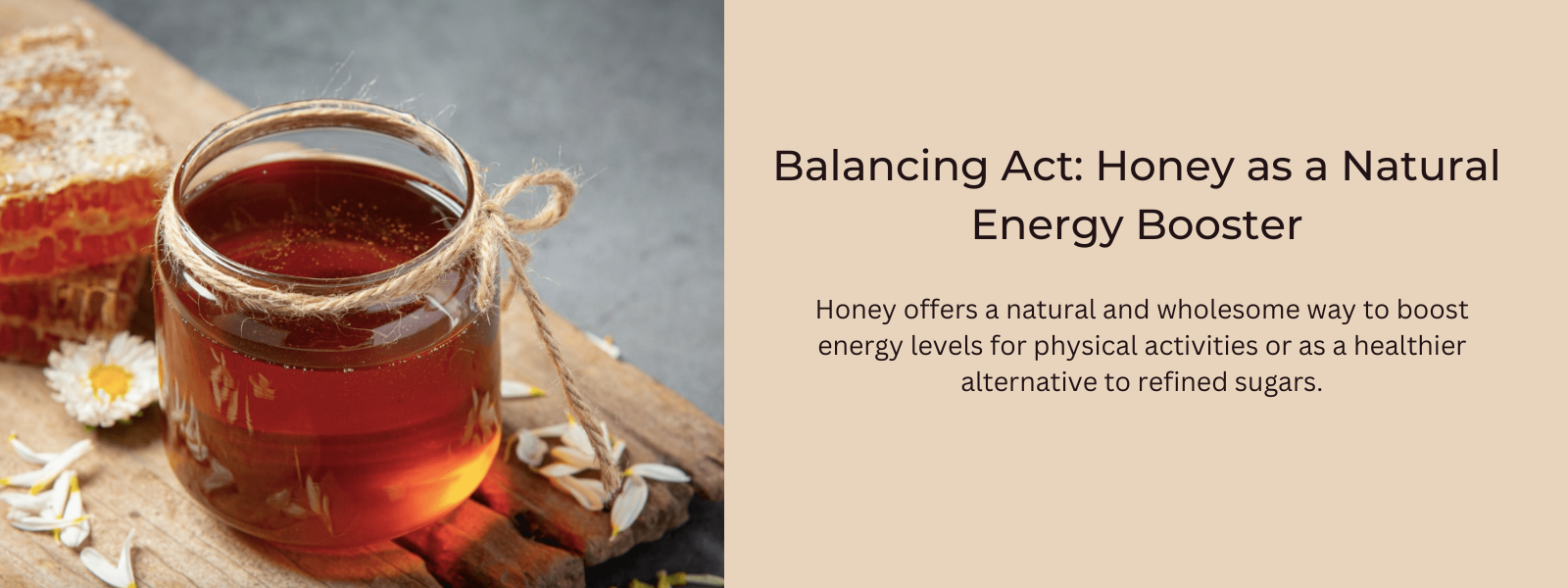
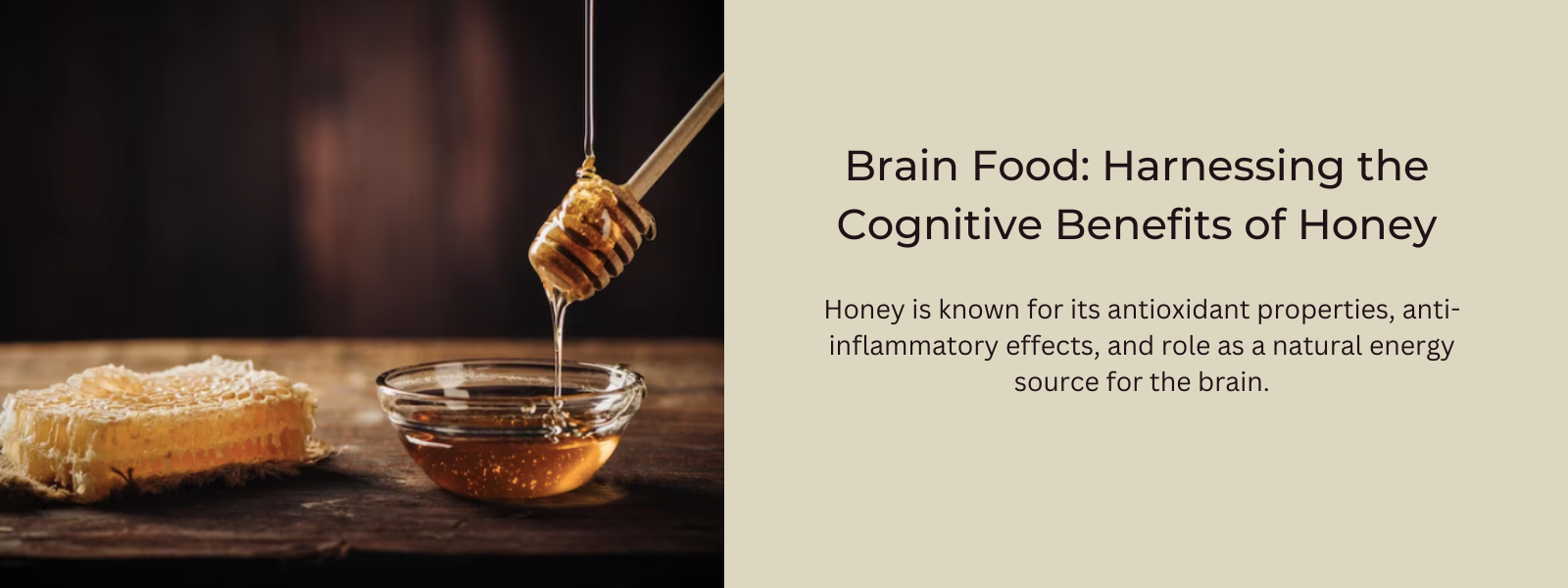
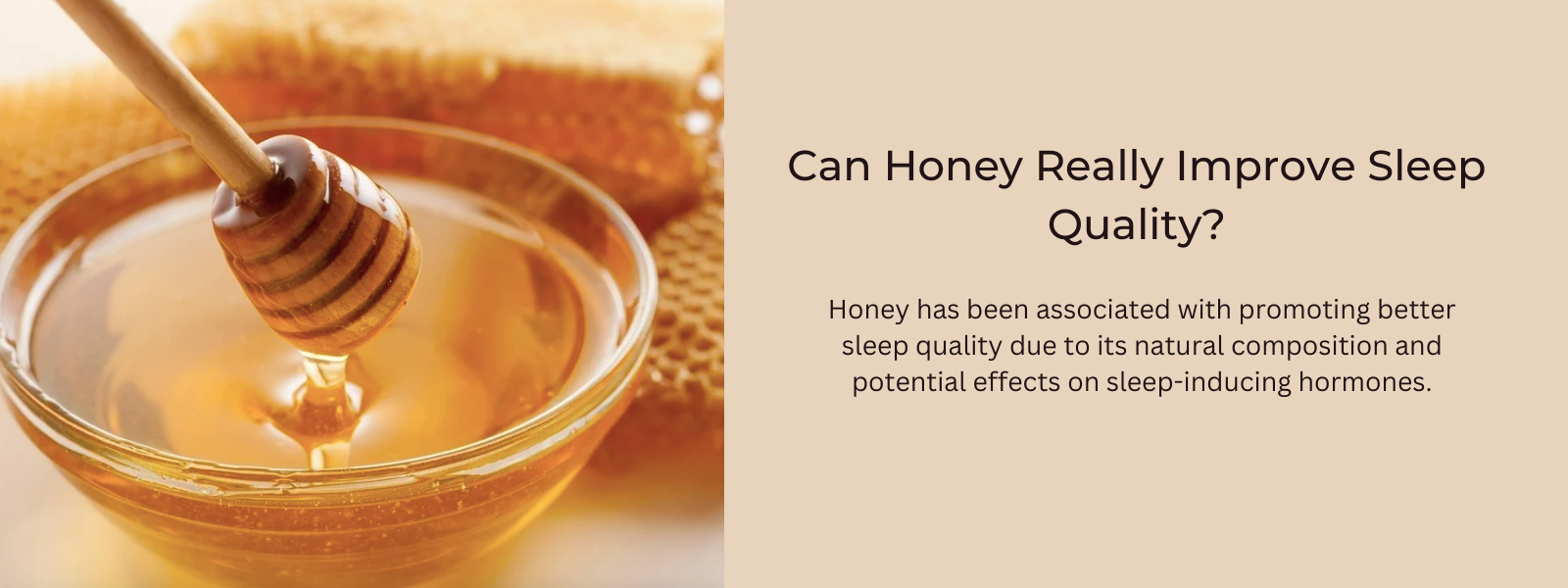
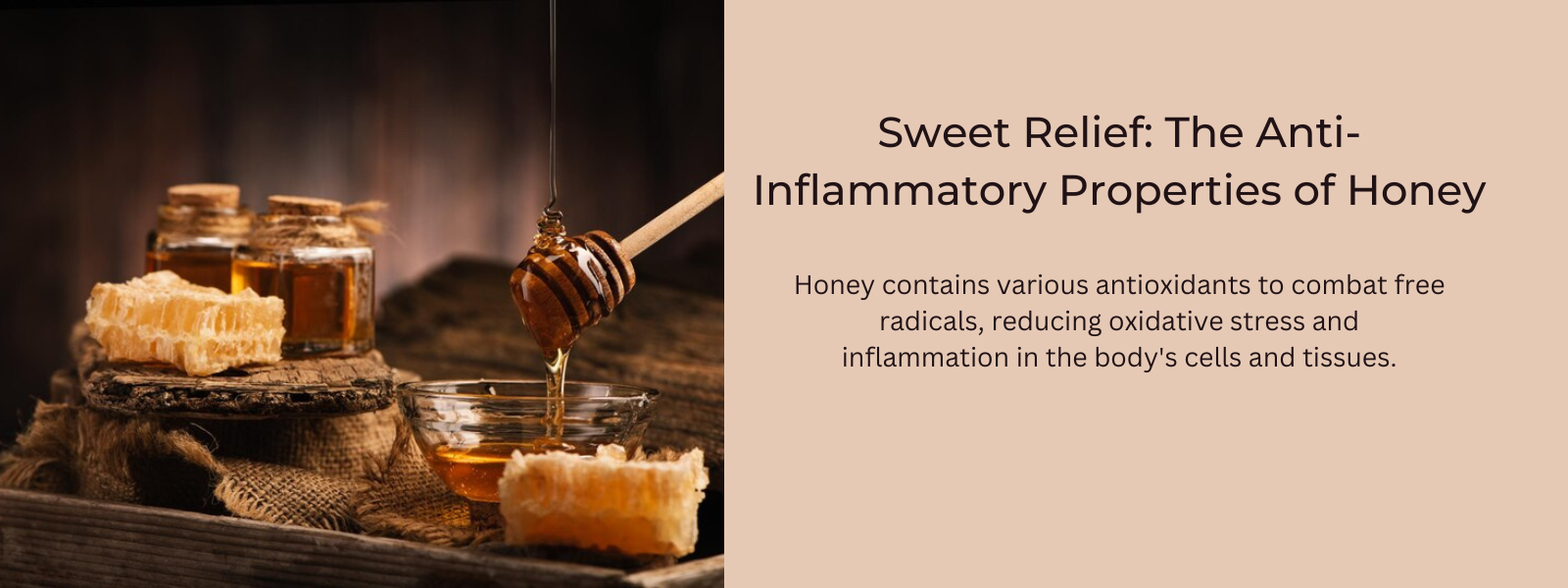

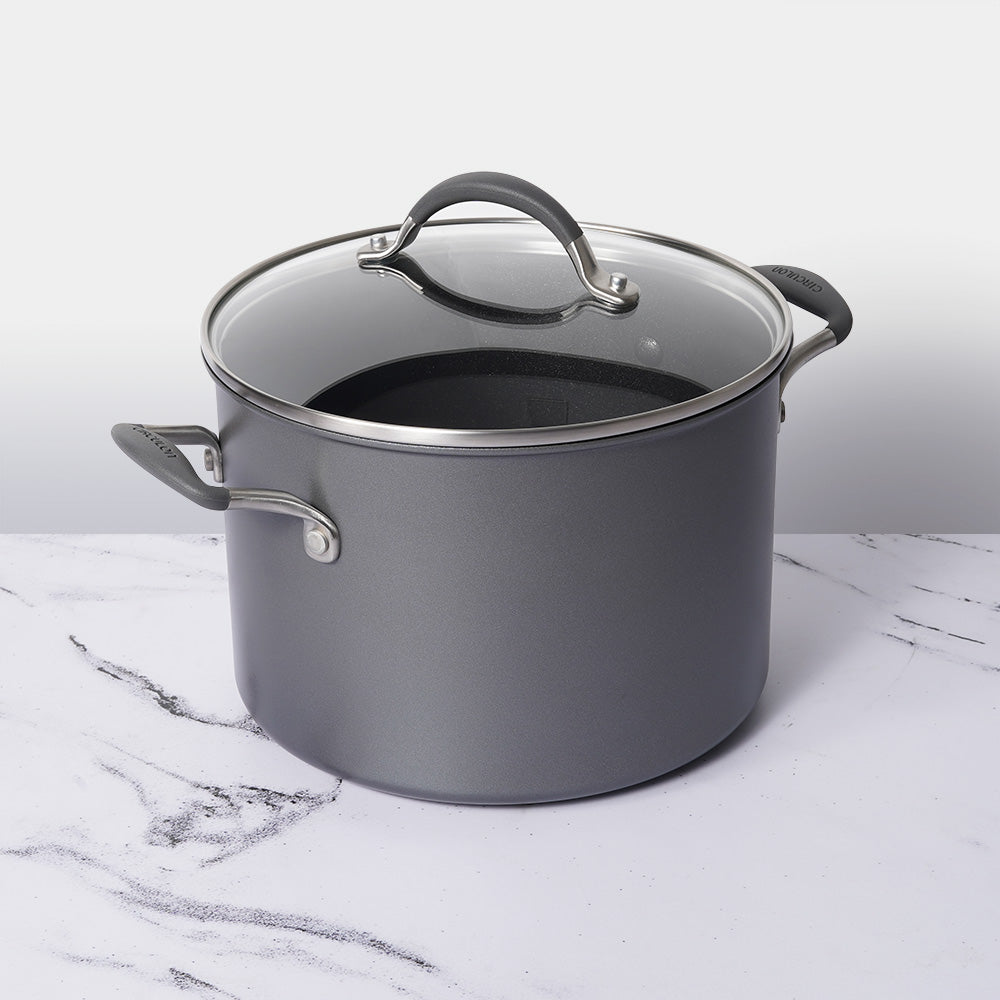




Leave a comment